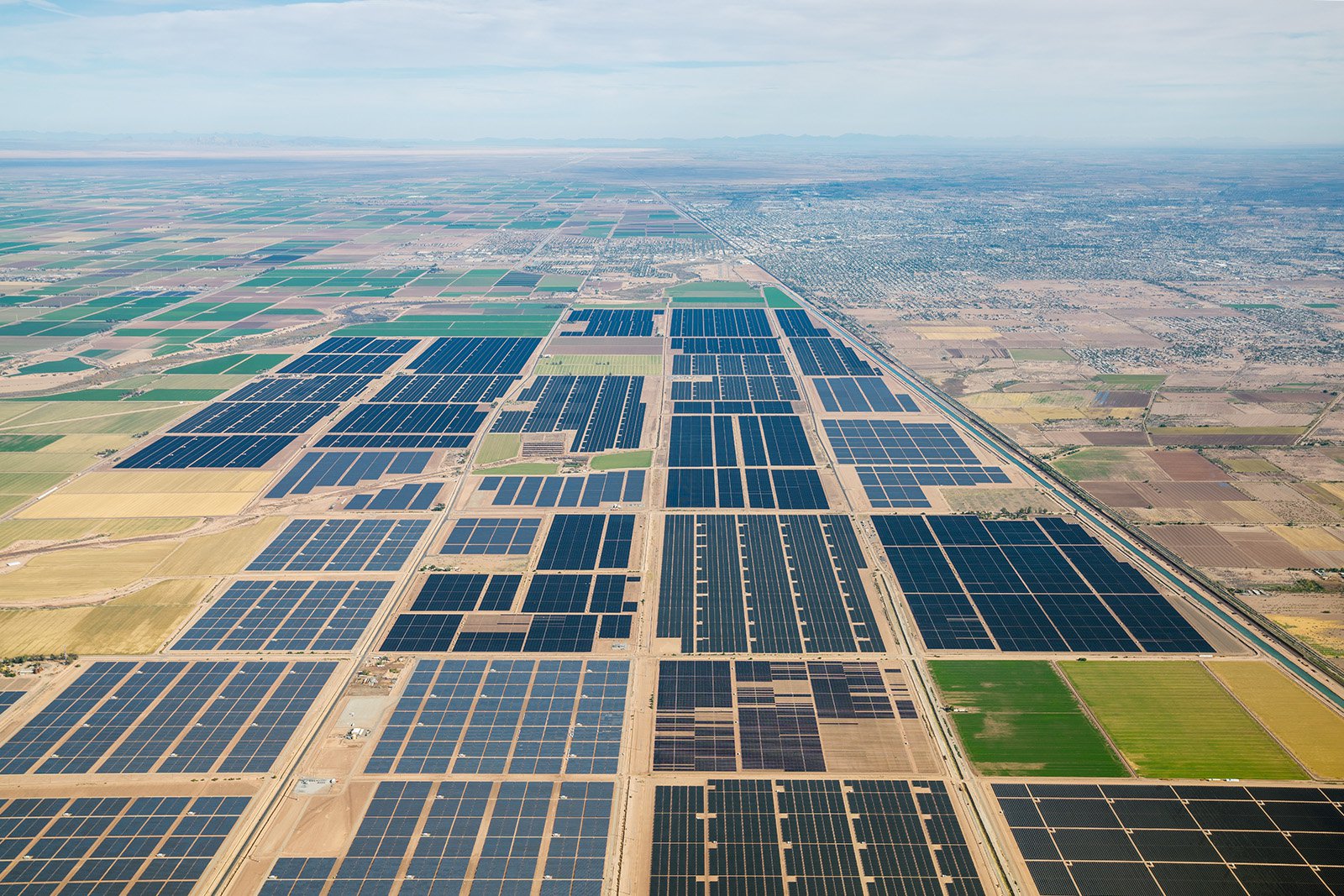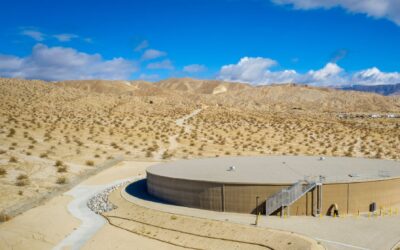The Imperial Irrigation District’s (IID) recent decision to oppose utility-scale solar development on active and historically farmed lands has reignited long-standing tensions over energy equity, local control, and land use in the Greater Palm Springs.
IID frames its July 2025 resolution as a necessary defense of farmland and the agricultural economy in Imperial Valley. For Greater Palm Springs stakeholders, who rely on IID for electric service but lack meaningful representation in its governance, the move raises pressing concerns about energy independence, sustainability, and local priorities.
“We support renewable energy – just not at the expense of our future,” said IID Vice Chairman JB Hamby. However, for many in Greater Palm Springs, that ‘future’ increasingly includes transitioning to clean energy, rather than remaining tied to a distant agricultural district whose priorities may not align with local needs.
A Tipping Point in the Desert
More than 13,000 acres of Imperial Valley farmland have already been converted into solar farms, with most of the electricity generated being sent to urban centers like San Diego, bypassing local communities. IID officials argue this trend endangers agricultural jobs and the region’s rural character, and reduces agricultural return flows critical to the Salton Sea’s health.
Yet, for fast-growing cities like Indio, Coachella, and La Quinta, where population growth has surged for the past 20 years and demand for renewable energy infrastructure is rising, the resolution feels out of step.
Some local leaders have expressed their understanding of the need to protect farmland, while noting that it shouldn’t come at the expense of clean energy, climate goals, or the region’s ability to plan for growth.
History of Tension and Missed Representation
The IID has provided electric service to Greater Palm Springs since 1943, but governance remains centered in Imperial County. Despite representing more than half of IID’s energy ratepayers, Greater Palm Springs residents have no vote on the IID board. Several legislative attempts to change that have failed, contributing to decades of frustration and stalled regional energy planning.
In response, regional leaders helped launch the Greater Palm Springs Energy Commission (CVEC) and, more recently, the Greater Palm Springs Power Agency (CVPA) – a Joint Powers Authority created to chart a more localized energy future in cooperation with IID.
“We created the CVEC and helped stand up the CVPA because we believe in collaboration, not confrontation,” Hamby noted. However, critics argue that recent moves, such as opposing solar energy on farmland without regional consultation, undercut those efforts.
A Statewide Flashpoint
The issue isn’t confined to the Imperial or Greater Palm Springs. Across California, advocates for agriculture and clean energy are clashing over land use. Assembly Bill 1156, currently advancing in Sacramento, would allow farmers to switch to solar without penalty under the Williamson Act if they face water shortages. Backed by solar and labor interests, the bill faces opposition from family farm advocates and groups like the IID, who warn it could accelerate the loss of productive farmland and rural jobs.
The bill’s critics say that nearly every grower could claim a water shortage in today’s drought-prone state, undermining agricultural protections. Supporters counter that California’s clean energy mandates and dwindling water supplies make diversified land use, including solar, critical to the state’s long-term resilience.
The Greater Palm Springs Crossroads
The IID’s solar resolution reflects a broader existential conflict: Should regional priorities center on preserving traditional agriculture, or shift toward energy and economic diversification?
What’s at Stake for Greater Palm Springs?
-
Energy Sovereignty: Without a meaningful voice on the IID Board, Greater Palm Springs cities must rely on indirect channels to influence regional energy decisions.
-
Climate Goals: California’s 100% clean energy mandate by 2045 requires expanding solar and other renewables, potentially hindered by blanket opposition to solar siting.
-
Economic Growth: Cities like Indio and La Quinta are investing in infrastructure that depends on reliable, scalable, and sustainable energy sources.
-
Salton Sea Impacts: While IID cites agricultural runoff as key to sustaining the Salton Sea, others argue the solution must be more comprehensive and regionally inclusive.
For Greater Palm Springs communities pursuing smart growth, climate action, and energy equity, the answer is clear: collaboration must reflect shared values and shared stakes.
If IID is serious about cooperative governance, say local advocates, it must involve the Greater Palm Springs in shaping decisions that affect its future. This includes finding common ground on solar siting, developing clear criteria for land use, and accelerating investments in renewable infrastructure that allows both agriculture and clean energy to coexist.




